7 Nigerian cultures with massive stake in ancient art and engineering
)
Many cultures in Nigeria were civilisations and great kingdoms who practised ancient craftmanship and transferred the education down generations.
Though civilisation and education mean a certain thing now, there is more than enough proof that certain parts of Nigeria had working structures and showed advanced technological skills even before the colonial masters arrived.
For example, the Bini Empire has been recognised as one of the oldest and most highly developed states in West Africa, until it was annexed by the British Empire in 1897. There was also the great Sokoto Caliphate which was a strong confederation of emirates in West Africa.
Our oral traditions and historical sites, some of which have faded over time, tell a story of creativity, ingenuity and technological prowess.
Here's a part of that story.
1. Benin Kingdom
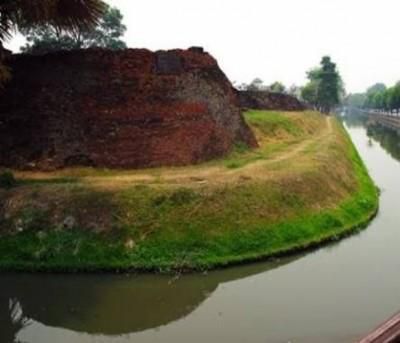
UNESCO world heritage site, the Benin Iya/Moat shows a thinking people with a knack for stellar defense techniques. The moat, still present till today, was finished in 1460 and was built at 1,200 kilometers with walls as high as 18 metres as a defensive fortification around Benin City. It was one of the world’s largest archaeological structure.
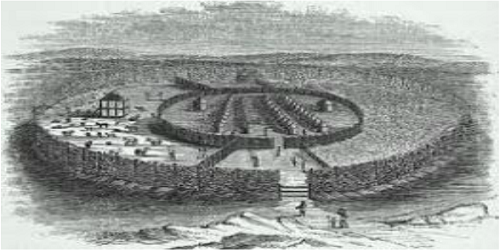
The streets of the city were also very structured — laid out in a grid and intersected at right angles and are said to even have had street lights powered by palm oil in the earlier 16th and 17th century. Lourenco Pinto, the captain of a ship that carried missionaries to Warri in 1619, confirmed this by describing Benin kingdom as "larger than Lisbon. All the streets run straight and as far as the eyes can see…." Benin is also where the famous Benin bronzes which showed great iron smelting skills.
2. Sokoto
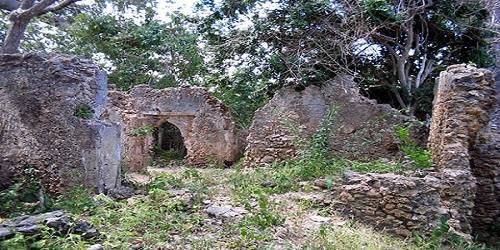
Sokoto is the home of Surame, an ancient city created in the 16th Century by Muhammadu Kanta Sarkin Kebbi and abandoned in the 1700s. It consistes of two-story buildings with constructions glazed with tsoluwa (laterite gravel) and 10 mile circumference city walls, going as high as 20 feet. A sophisticated city, Sokoto was also once a world centre of silver minting and red leather supplying. UNESCO describes Surame as “one of the wonders of human history, creativity and ingenuity.
3. Igbos
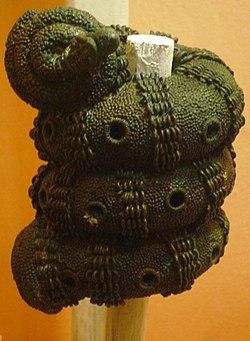
Igbo Ukwu is known as the ancient centre of iron and bronze smiting with its famous archaeological sites. Radiocarbon dating has dated the sites back up to to 850 AD, which would make the Igbo-Ukwu culture the earliest-known example of bronze casting in the region. Igbo-Ukwu craft are intricate bronze metal-works that indicate invention and high technological culture that made use of various metals not common in the area.
Igbos were also largely known for their decorative artworks on their bodies, houses and clothing materials, using uli and chalk.
They were also very artistic and over-the-top with their hairstyles and tribal marks, such as Ichi, used on the faces of titled men.
4. Kano
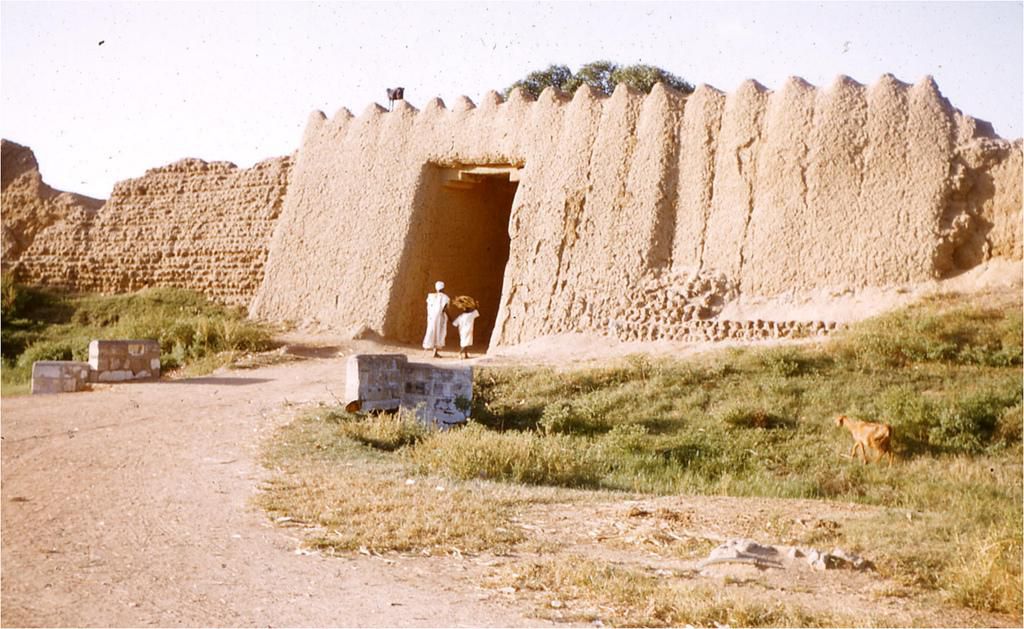
The ancient Kano city walls were once regarded as West African’s most impressive monument. They feature the Emir’s Palace, Kurmi Market and the famous Dala Hills that span a 14km radius, constructed to define defence, political space, management and security system.
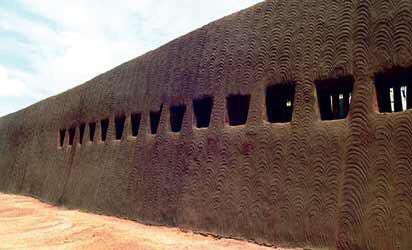
In 1904, Lord Lugard described Kano as a "commercial emporium of the western Sudan," and estimated that there were 170 walled towns still in existence in Kano province of northern Nigeria. Speaking on its walls, he said, "I have never seen, nor even imagined, anything like it in Africa."
5. Yoruba kingdom
Between the 12th-15th centuries, Ile-Ife, the birthplace of Yoruba people, flourished in bronze and iron arts. According to The Nation Online, beautiful natural terracotta and copper alloy sculptures made during the early periods were found at Ife. Queen Luwo, the twenty-first Ooni and only female monarch of Ife, was said to have paved the streets of Ile-Ife with quartz pebbles and broken pottery.

Similar to the Benin Iya, Sungbo's Eredo, a 100 mile system of defensive walls and trenches up to 70 ft, was built in Ijebu-Ode, Ogun state, in honour of the Ijebu noblewoman Oloye Bilikisu Sungbo.
6. Yobe
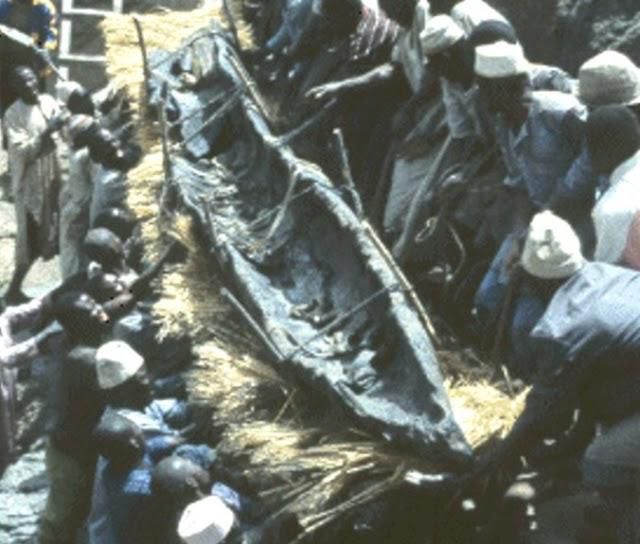
The 8500-year-old Dufuna canoe was discovered by a Fulani herdsman in 1987 in Dufuna village, Fune LGA and is the oldest discovered boat in Africa, and 3rd oldest on the world.
7. Kebbi
Nigeria’s Sorko Sea lords of Kebbi state constructed ships which were used for far away expeditions, including the 1311 AD, 2000-year-old ship used for the famous voyage of Songhai Empire’s Mansa Abubakari II to the America’s, decades before Columbus.
)
)
![The health benefits of ginger and garlic are unbelievable [Food NDTV]](https://image.api.sportal365.com/process/smp-images-production/pulse.ng/01082024/200694f2-3977-47a4-a142-89c80fe6766e?operations=autocrop(236:157))
)
![10 countries where prostitution is legal. [Source - scoop]](https://image.api.sportal365.com/process/smp-images-production/pulse.ng/31072024/5eda0369-74f6-4a3b-82f7-d7dab249c8ac?operations=autocrop(236:157))
![Tribal marks of Nigerian people and what they mean. [guardian]](https://image.api.sportal365.com/process/smp-images-production/pulse.ng/01082024/45e8c254-ebf2-4262-b639-c83e8b56a32e?operations=autocrop(236:157))
)
)
)
)
)
)
)
)
)
)